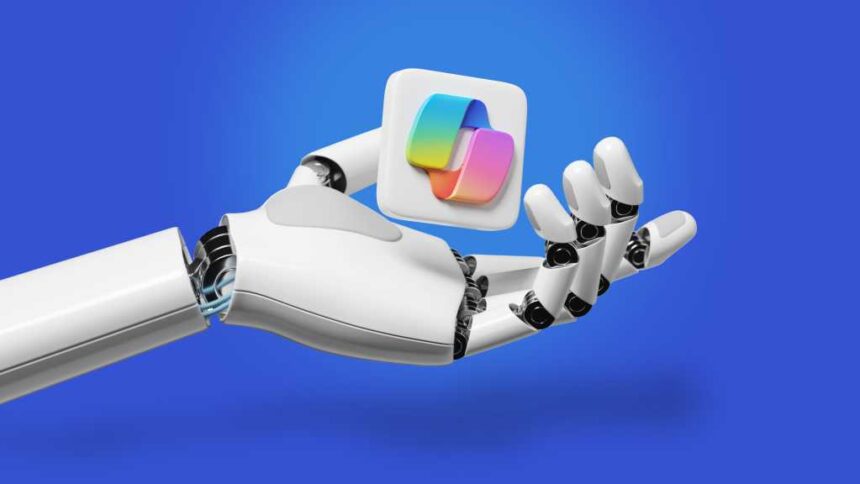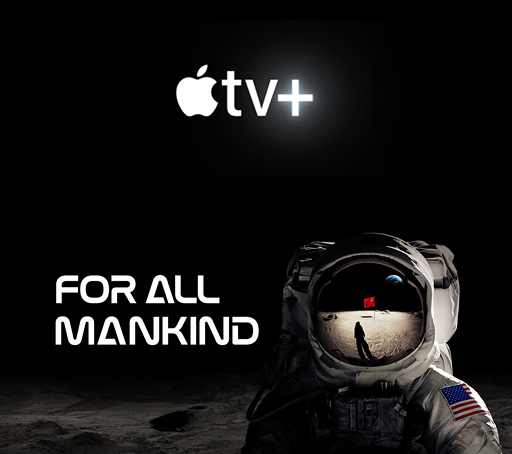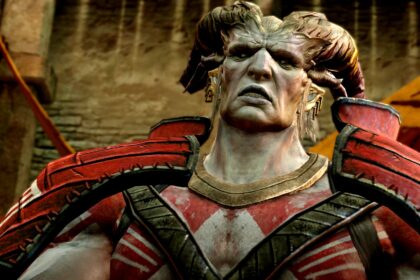Historically, Microsoft seems cursed: It’s often early to big technological shifts, and it’s great at prototyping them. But then, after a hype-filled launch where Microsoft celebrates its lead, the company seems to lose interest — while competitors pull ahead and release more polished products.
That’s what appears to have happened with Microsoft’s generative AI (genAI) plans. After a huge push with Bing Chat where Microsoft was the leading consumer AI company at an important moment, the company started moving much more slowly. Copilot use now appears far behind ChatGPT and other competitors.
The good news for investors is that Microsoft is diversified, and it’s set to reap profits selling compute on Azure to companies around the world. But the question is whether Microsoft will be more than an enterprise-focused company selling business solutions going forward.
HoloLens: Early hype, rapid abandonment
Examples of this pattern aren’t hard to find. For instance: Apple, Meta, Google, and Samsung are all investing heavily in augmented reality or mixed reality headsets and glasses. Valve, the company behind the Steam gaming marketplace, may launch a gaming-focused virtual reality headset that runs Valve’s Linux-based SteamOS.
Microsoft, on the flip side, isn’t involved in this space at all. That’s wild because it championed this very type of technology with HoloLens, unveiled in 2015, and showed off glossy consumer-friendly demos using the headset to play Minecraft. Microsoft even built “Windows Mixed Reality” software into Windows 10, letting companies like Samsung (which is now partnering with Google on an Android XR headset) deliver their own headsets that work with Windows PCs. Windows 10’s “universal apps” would have run on HoloLens, too.
Microsoft built hype for HoloLens among consumers, but then never released it as a consumer product, instead retreating to the enterprise. Ultimately, Microsoft signed a multi-billion-dollar agreement to develop a HoloLens-based headset for the US military. Microsoft reportedly lost billions of dollars on the project and this year handed off the US Army headset program to Anduril.
Now, you can use Windows Mixed Reality with a Meta headset — but Microsoft spent billions of dollars and had a huge early lead only to cede the potential market to competitors and even see its enterprise and military ambitions fail. It’s a cautionary tale for what happens if a company starts retreating, slowly backing away from market after market until the entire business has vanished, even as competitors eagerly release their own products.
Smartphones: Early insight, and then…
Back in the early 2000s, years before Apple launched the first iPhone and kicked off the modern smartphone era, I had a friend with a pocket PC running Windows CE. These little palm-sized PCs were the predecessor to the modern smartphone, and Microsoft understood that people would want a computer in their pocket — one that ran apps and could access the web. But the interface was fiddly — based on Windows, complete with a tiny little Start menu.
While Microsoft saw the handheld phone market, then-CEO Steve Ballmer famously laughed at the iPhone when it launched. “That is the most expensive phone in the world — and it doesn’t appeal to business customers because it doesn’t have a keyboard, which makes it not a very good email machine.”
“Let’s see how the competition goes,” Ballmer said confidently in 2007. In the years after the iPhone’s launch, Microsoft would scramble to create a new operating system — Windows Phone — with a new interface. Windows Phone ultimately failed. By the time Microsoft had a better interface, Apple’s iOS and Google’s Android had commanding leads.
The web: An early vision that stalled with IE 6
Many years before Google Chrome and Mozilla Firefox, Microsoft saw that the web was going to be huge. With the release in 1997 of Internet Explorer 4 (IE4), Microsoft deeply integrated the web into Windows. “Active Desktop” technology let you put HTML content on your desktop. Microsoft blurred the line between the operating system and browser, with the company making web apps more powerful with ActiveX technology.
Microsoft’s vision of the web was all about Windows: ActiveX only worked in IE on Windows. It was Microsoft’s homegrown solution, and it had serious security problems. People outside Microsoft had to build new open standards into competing browsers.
The landmark Microsoft antitrust case was a problem, of course: Microsoft’s practice of bundling IE with Windows was a big factor. Then Microsoft seemed to give up on its browser. IE6 was released in 2001. Version 7 wasn’t released until 2006, five years later — after Mozilla Firefox was already grabbing lots of market share.
As with other technologies, Microsoft had an early vision that was correct — the idea that the web would be big and people would want it to do more — and then gave up on it. Microsoft acted as if IE6 and ActiveX would be good enough forever. That left the company perpetually behind rival browsers until it transformed Edge into a Chromium-based browser built on top of the same open-source project as Google Chrome. Microsoft aimed to control the web; it wound up playing catch-up.
Can Copilot become a breakout success?
Now, you can see that with Bing Chat, Microsoft was merely repeating an old pattern. The company invested in OpenAI early, then moved to quickly launch a consumer AI product with Bing Chat. It was the first AI search engine and the first big consumer AI experience aside from ChatGPT — which was positioned more as a research project and not a consumer tool at the time.
Needless to say, things didn’t pan out. Despite using the tarnished Bing name and logo that would probably make any product seem less cool, Bing Chat and its “Sydney” persona had breakout viral success. But the company scrambled after Bing Chat behaved in unpredictable ways.
Microsoft’s explanation doesn’t exactly make it better: “Microsoft did not expect people to have hours-long conversations with it that would veer into personal territory,” Yusuf Mehdi, a corporate vice president at the company, told NPR.
In other words, Microsoft didn’t expect people would chat with its chatbot so much. Faced with that, Microsoft started instituting limits and generally making Bing Chat both less interesting and less useful.
Under current CEO Satya Nadella, Microsoft is a different company than it was under Ballmer. The past doesn’t always predict the future. But it does look like Microsoft had an early, rough prototype — yet again — and then saw competitors surpass it.
Microsoft is now trying to turn Copilot into a life companion. Let’s say that’s the future: Will Copilot succeed, or will it be another early prototype that shows the rest of the tech industry what to build? The company’s track record isn’t exactly encouraging.
Read the full article here










